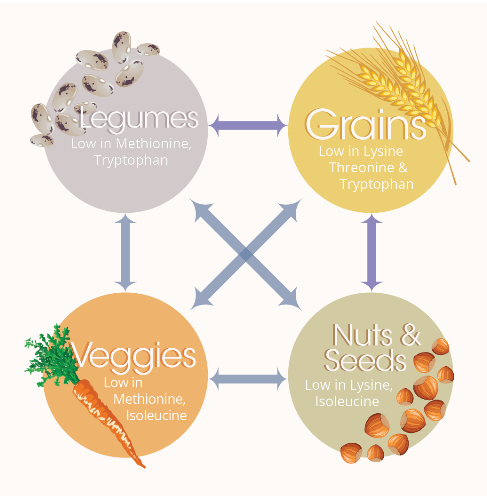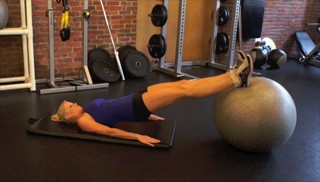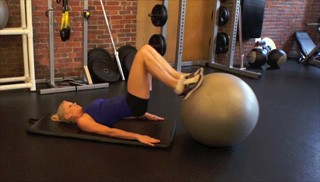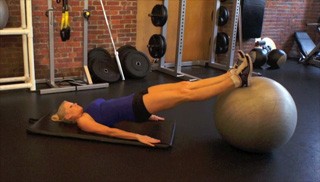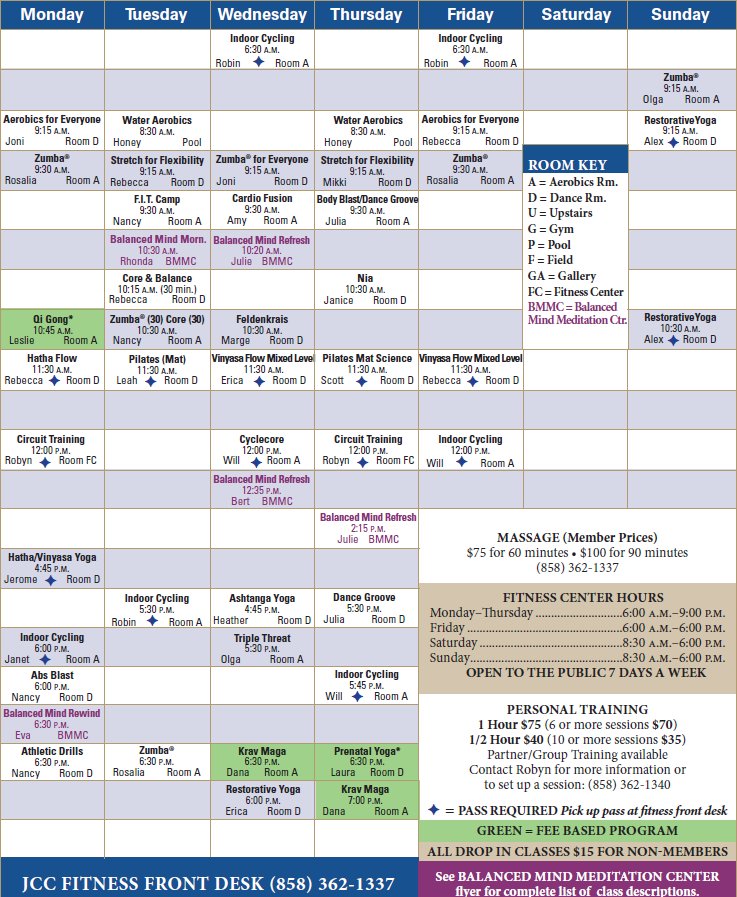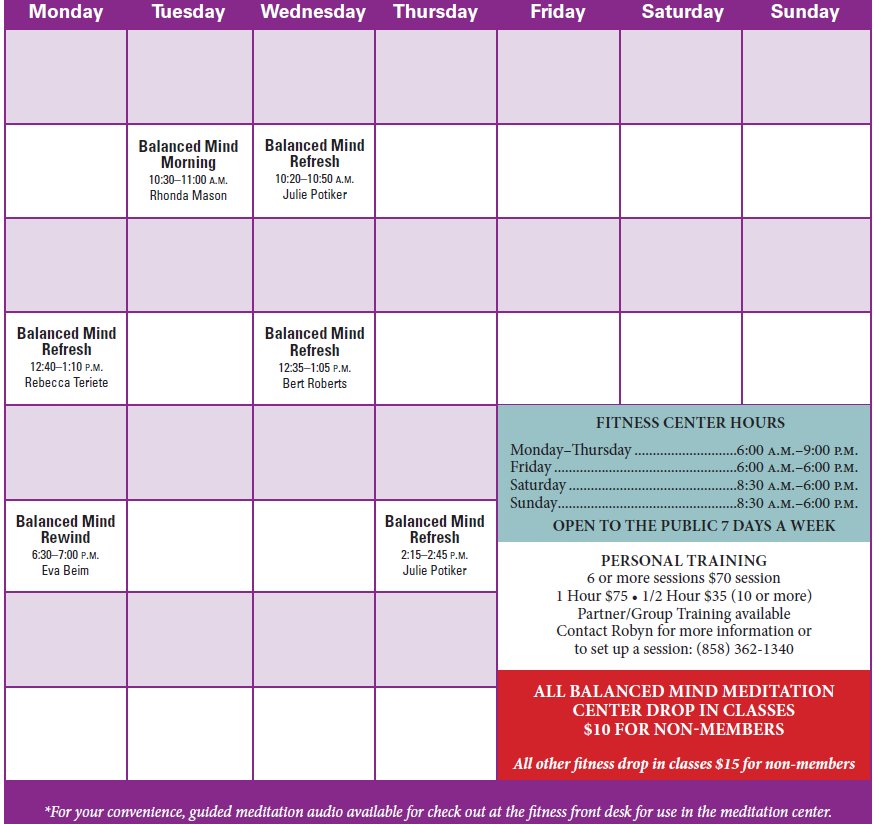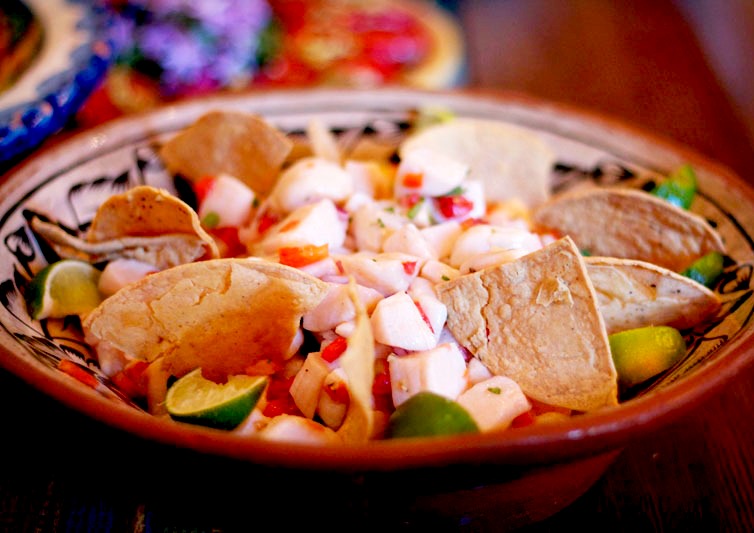Interestingly, corn, beans and squash are the three sacred crops of the indigenous peoples of North America. The Iroquois called them ‘The Three Sisters.” When combined in equal amounts, they provide 100% of the essential amino acids – rivaling animal foods. Additionally, quinoa, and soy are nearly complete vegetable proteins on their own.
It was once believed that complementary proteins had to be consumed together at every meal. It is now known that intentional combining at each meal isn’t necessary, mainly because we have a 30 foot long digestive tract and foods transit through it in somewhere between 14 – 30 hours. This means that proteins will be combined in the small intestines all day. As long as you eat a variety of plant foods, such as nuts, seeds, whole grains, legumes (beans, peas, lentils), and greens, your protein needs will be easily met.
Daily Protein Requirements
We are made up of 18 – 20 % protein by weight and must renew our supply of protein daily to maintain our vital structures, make hormones, anti-bodies, enzymes and neurotransmitters. The World Health Organization says 5% of total daily calories from protein will do the trick. The Institute of Medicine and National Research Council recommend 10 -12% of total daily calories which translates to 0.36 of a gram up to 0.40 of a gram of protein for every lean pound of body weight (subtract body fat %). What this means is at the 10 -12% level, the average sized woman would need about 45 grams of protein and the average man about 56 grams per day. If doing strength training regularly (two times a week, 20 – 30 minutes each time, working until failure) protein intake can bump up to 15 – 20% of daily calories. This translates to 0.50 gram to 0.60 gram protein per pound of lean body weight. In their pivotal book BioMarkers: The 10 Keys to Prolonging Vitality, Dr. Evans and Dr. Rosenberg found that everyone from age 19 – 90 who did rigorous resistance exercise twice a week needed a maximum of 20% daily calories from protein.
Recent Institute of Medicine studies suggest that protein intake should amount to up to 35% of daily calories for some people who are training heavily (0.75 to 1.2 gram per pound of lean body weight). Perhaps this works for professional male body builders, but there are experts who would disagree about this higher protein intake. In a study of five male endurance runners published in Metabolism, Patricia Gaine found that, “a protein intake of 1.2 g/kg or 10% of total energy intake is needed to achieve a positive nitrogen balance” (http://www.ncbi.nlm.nih.gov/pubmed/16546481). They found no advantage for consuming higher levels of protein and added that higher protein diets provided insufficient carbohydrates to replenish muscle glycogen and could result in fluid imbalances and dehydration. In another study, Gaine examined the effect of variations in protein intake on whole-body protein turnover (WBPTO) after exercise in endurance-trained males. She found that a lower protein intake was associated with decreased rates of WBPTO after exercise (Med Sci Sports Exerc. 2007 Mar;39(3):480-6 ).
Dr. John McDougall, M.D., maintains that 10% protein is sufficient even for endurance athletes. Olympic Gold Medal winner, Carl Lewis, achieved his status as the fastest man in the world at the time on McDougall’s vegan diet with just 10% protein. He says that even vegan body builders do well. Read Dr. McDougall’s article here.
Do you need evidence that a plant based diet is not only adequate, but beneficial for health and long life? Read The Blue Zones by Dan Buettner. He notes that the five populations on the planet with the greatest longevity are predominantly plant eaters.
Finally, Dr. Michael Greger, M.D., author of New York Times instant best seller, How Not to Die, discusses why plant protein is preferable to animal proteins at this link. Dr. Greger reported that in 2013, Kaiser Permanente advised their physicians to recommend a whole foods, plant based diet to all their patients. More information can be found here.



